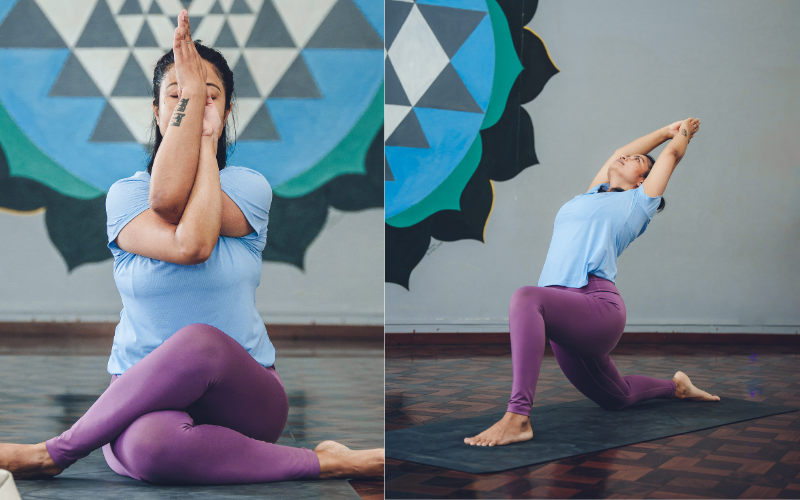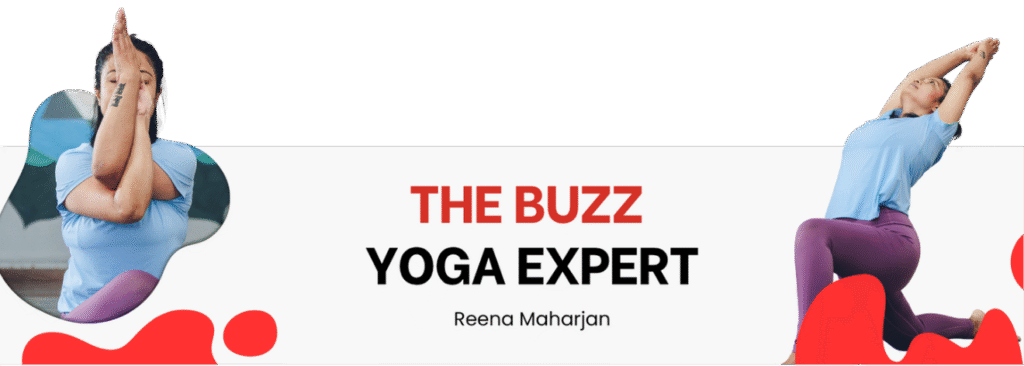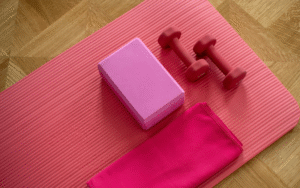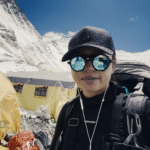Make Yoga a Balanced and Meaningful Practice

“Stillness speaks when the body and mind align”
In today’s fast-paced world, where distractions are constant and stress often goes unaddressed, the call for stillness feels more relevant than ever. Yoga, often misunderstood as just a form of physical exercise, is actually a deeper practice rooted in self-awareness, balance, and inner calm. At its core, yoga is not about bending the body, it’s about unfolding the soul.
While yoga is often represented by complex postures, its essence lies beyond physical. Yoga is a steady connection between breath and awareness. It helps us to reconnect, not just with our bodies but also with our thoughts, emotions, and energy. The postures, or asanas, are only one aspect of a much broader philosophy.
Yoga Tips for a Balanced and Meaningful Practice
- Breathe Mindfully
The breath is the foundation of yoga. Make it a habit to stay connected with your breath throughout your practice. Slow, deep inhales and exhales help calm the nervous system, reduce stress, and bring your awareness to the present moment. Whenever you feel distracted or tense, returning to your breath can help you refocus. - Listen to Your Body
Each body is different, and every day can feel different. Respect your body’s limits, don’t force yourself into any pose. Discomfort is okay, but pain is not. Yoga isn’t about pushing harder; it’s about being present with how your body feels in each moment and honoring what it needs. - Stay Consistent
You don’t need to do long, intense sessions. Just 10–15 minutes of yoga a day can have a meaningful impact over time. What matters is regularity. A small, consistent routine helps build discipline, strengthens the mind-body connection, and allows gradual physical and mental growth. - Be Present, Not Perfect
Let go of the idea of performing yoga “perfectly.” It’s not about achieving advanced poses or looking a certain way. Yoga is a personal journey that focus on how you feel rather than how you look. Embrace where you are in your practice and enjoy the process. - Warm-Up Is Essential
Before diving into deeper stretches or complex asanas, it’s important to warm up. Gentle movements and basic poses prepare your joints and muscles, increase blood flow, and reduce the risk of injury. Think of warm-ups as the bridge between stillness and movement. - Practice on an Empty Stomach
Yoga is best practiced in the morning when the body is naturally more refreshed. Avoid eating at least 2–3 hours before your session. A full stomach can cause discomfort during poses, especially those that involve twists or bending. - Incorporate Relaxation
Don’t skip Savasana (final resting pose). It might look like lying down, but it’s a key part of the practice. This moment of stillness helps the body absorb all the benefits of the session, calms the mind, and resets your energy before returning to daily life. - Balance Effort and Ease
A yoga pose should feel both steady and comfortable. You should feel effort but not strain. Try to find that middle ground where you’re engaged but still at ease. This balance teaches you how to stay calm even in challenging situations – both on and off the mat. - Create a Calm Space
The environment you practice in affects your experience. Choose a clean, quiet space where you can focus without distractions. Add things that make you feel peaceful maybe a mat, a cushion, soft music, or natural light. This space becomes your personal sanctuary for self-care. - Stay Hydrated and Grateful
After your session, drink water to rehydrate your body. Then, take a moment to feel gratitude for your body, your breath, and the time you took for yourself. Carry that positive energy with you throughout the day as it helps extend the benefits of yoga beyond the mat.
Creating a Supportive Space
To make your practice more effective, create a calm environment. It doesn’t have to be elaborate -a clean and quiet space is enough. Simple elements like natural light, comfortable mats, or calming sounds can enhance focus. After practice, stay hydrated and carry a sense of gratitude with you throughout the day. Gratitude can shift your mindset and keep the effects of your practice alive beyond the session.
“Yoga is not a quick fix or a fitness trend. It’s a personal and adaptable practice – one that encourages observation, presence, and long-term well-being. As you step onto the mat, remember true yoga begins when we carry its stillness into everyday life. Don’t limit yoga to just physical movement. It offers far more – a quiet, consistent path to balance and awareness.“
Reena Maharjan is a passionate yoga educator with over 10 years of practice and 8 years of teaching experience. She is a 500-hour certified instructor trained in Nepal and India. Also certified in prenatal/postpartum yoga and mat Pilates, she blends ancient wisdom with mindful movement.
Instagram: yogawith_reena
For more yoga tips like this, stay tuned to The Buzz Nepal, where true wellness begins with real journeys.

Also Read
Sharon and Ashim Define the Role of Brand Ambassadors
B-8EIGHT Is Kicking Off Their Maichyang Tour From August 2, 2025
10th Kubuqi Desert Forum to Open: Ordos Emerges as a Global Green Beacon




























